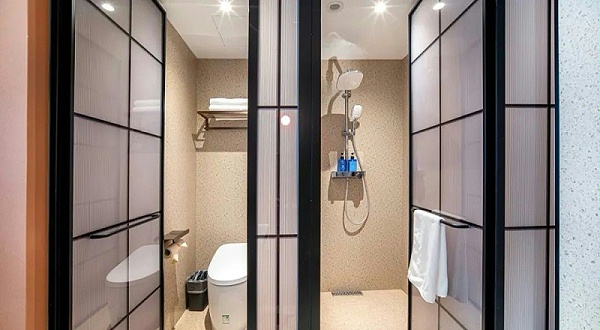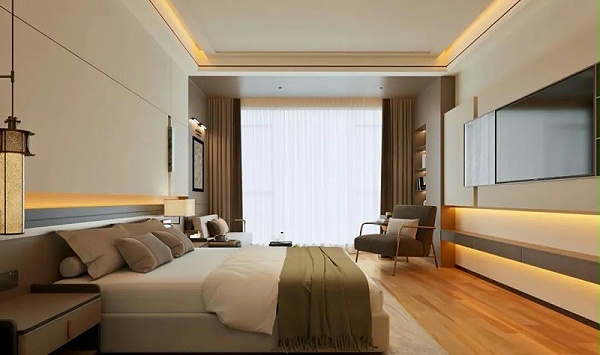
Successful replication
Wechat ID:jsmfsmj001
Add wechat friends to learn more about the product
jsmfsmj001
X

2. Original odors: Odors produced by human metabolism due to human activities: Odors resulting from the decomposition of organic substances such as sweat and sebum. Tobacco and alcohol residues: Smoke particles adhering to fabrics such as curtains and
carpets. Food odors: Odors left from takeout and dining in rooms
Ii. Scientific Odor Removal: Regional Solutions
1.Carpet and linen treatment: Conduct a deep cleaning at least once a week. Use professional cleaners containing enzyme preparations to decompose organic matter. On rainy days, turn on dehumidifiers
to maintain the relative humidity at 50%-60%
2.Bathroom odor control: Check the water level of the floor drain every day to ensure the normal operation of the trap. Flush the drainage pipe with hot water every month to dissolve the accumulated
grease. Use the natural cleaning method of "baking soda + white vinegar" to avoid chemical residues
3. Furniture and wall maintenance: Conduct anti-mold treatment on wooden furniture once a month. Report for repair within 24 hours if water seepage is found on the wall. Use ultraviolet lamps regularly to kill mold in hidden areas
Iii. Prevention is better than cure: Establish a long-term mechanism
1. Daily maintenance system: Establish a "three-level inspection system" : self-inspection by waiters, re-inspection by team leaders, and spot checks by managers. Implement
an "odor log" to record the odor conditions of each room. Equip with professional detection devices, such as VOC detectors
2. Key points of employee training: Specialized training on odor recognition ability, standardized operation of scientific
use of cleaning products, and emergency response process drills
3. Hardware upgrade suggestions: Install an intelligent fresh air system to ensure good air circulation. Use anti-mold and antibacterial building materials for decoration. Invest
in professional washing equipment to ensure thorough cleaning of the linen
Iv. Environmental Optimization: Enhance
Customer Perception
On the basis of eliminating odors, the air quality in guest rooms can be improved through the following methods: Select natural plant essential oils for space fragrance, place green plants with purification functions, such
as snake plants and devil's ivy, and control the indoor temperature at 22-24℃ and the humidity at 50%-60% within the optimal comfortable range. Solving the odor problem in hotels requires systematic thinking and continuous investment. By establishing
a scientific prevention system, standardized cleaning procedures and effective emergency plans, hotels can reduce odor complaints by more than 80%. Remember, a fresh air environment not only affects the customer experience but is also an important
manifestation of the hotel's professional management level. Investing in air quality improvement is investing in enhancing customer satisfaction and brand reputation.
Hotel Linen Maintenance Tips: A Practical Guide to Extending Lifespan and Ensuring Quality
Why do hotel pillows make people fall asleep as soon as they touch them?